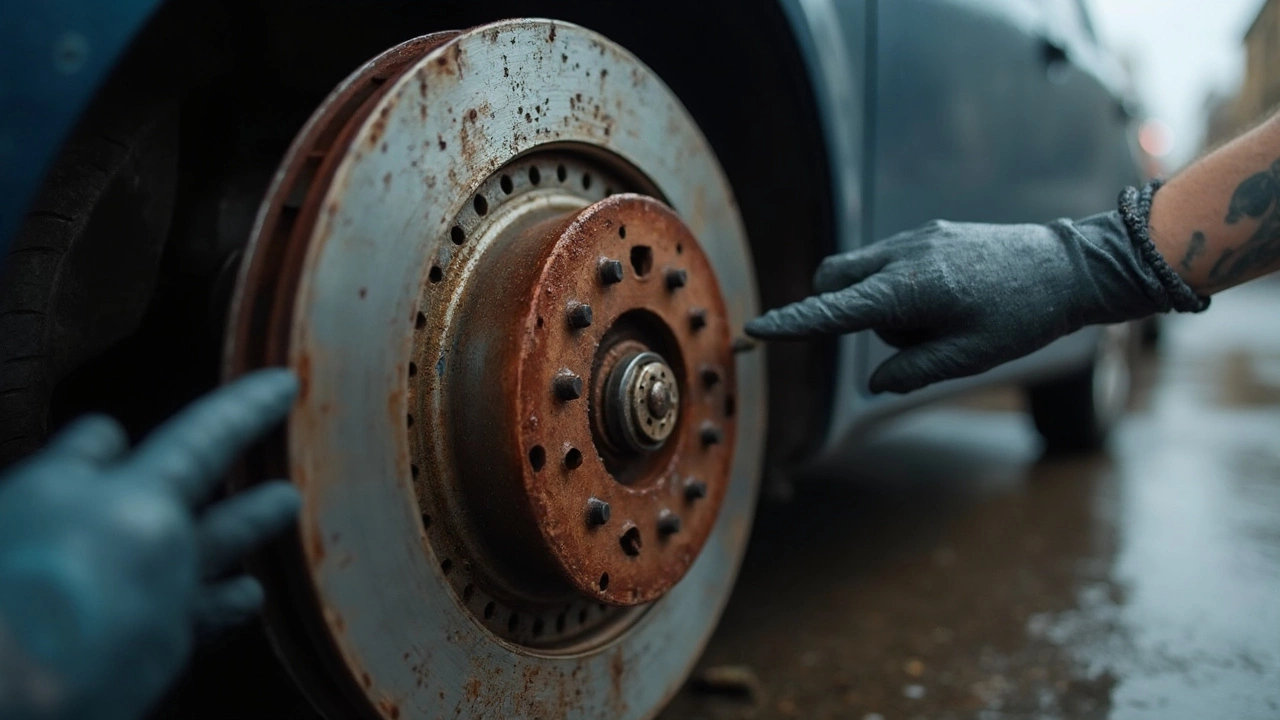Driving Risks – What You Need to Know
When talking about Driving Risks, the potential hazards that arise while operating a vehicle, from component failure to driver error. Also called road hazards, these risks become real when parts like a Clutch Failure, loss of power transfer that can leave you stranded or cause sudden deceleration or Brake Wear, thinned pads that reduce stopping ability and increase stopping distance go unchecked. An Engine Overheating, often caused by a faulty radiator or low coolant, can seize the engine and lead to sudden loss of control is another common trigger, while a Spark Plug Malfunction, misfires that cause rough running and can stall the engine turns a smooth drive into a risky situation. Understanding these core issues helps you spot warning signs early, plan maintenance, and avoid the cascade of problems that turn a routine trip into an emergency.
How Each Issue Drives Up Your Risk Profile
Every component mentioned ties directly back to driving risks. A slipping clutch not only makes gear changes jerky, it can cause sudden loss of power on hills, forcing you into a dangerous stop. Worn brake pads increase the distance needed to stop, especially on wet UK roads, raising the chance of rear‑end collisions. Overheating engines often show early signs like steam from the hood or a soaring temperature gauge; ignoring these clues can lead to a blown head gasket, leaving you stranded on a busy motorway. Bad spark plugs create uneven firing, which not only hurts fuel economy but also can cause the engine to stall just as you approach an intersection. The good news is that each of these problems follows a clear pattern of symptoms, maintenance intervals, and cost‑effective fixes – topics covered in the articles below. By keeping an eye on clutch wear, brake pad thickness, coolant level, and spark plug health, you cut the odds of an unexpected breakdown dramatically.
Below you’ll find a curated collection of guides that walk you through detecting clutch wear, timing brake replacements, diagnosing radiator issues, spotting oil‑related red flags, and testing spark plugs. Whether you’re a DIY enthusiast or prefer a professional shop, the practical tips and cost breakdowns will help you decide the right time to act. This roundup gives you the tools to turn abstract "driving risks" into concrete actions you can take today, keeping your car or boat running smoothly and safely.

Can You Drive a Car with Bad Rotors? Hard Truths About Worn Brakes
May 11 2025 / Brake PadsEver wondered if you can keep driving your car when the rotors are bad? This article breaks down what actually happens if you ignore worn rotors, why they matter, and what risks come with pushing your luck. You'll learn the real symptoms, hidden dangers, what repairs actually involve, and how long you can get away with it (spoiler: not long). If you're hearing squeaks or feeling shakes, don't wait until it's too late—we're giving you practical info to keep you, your wallet, and your car safe.
VIEW MORE